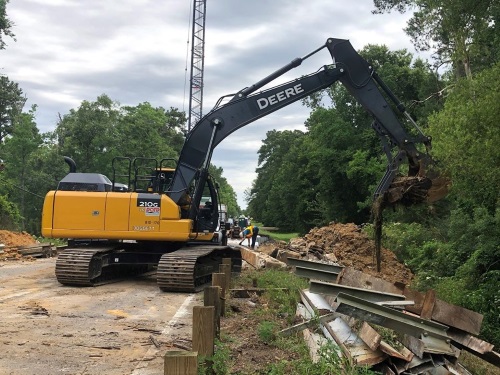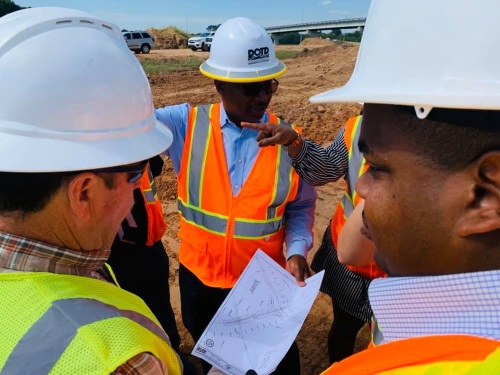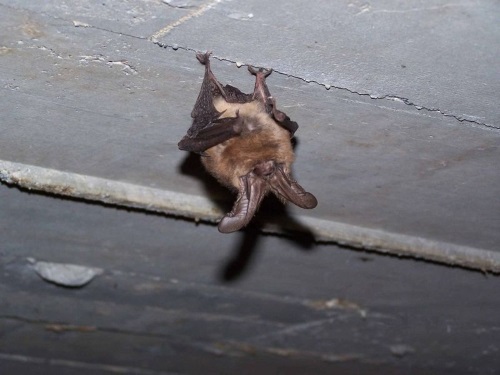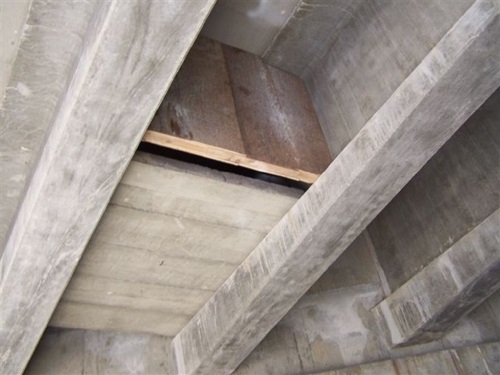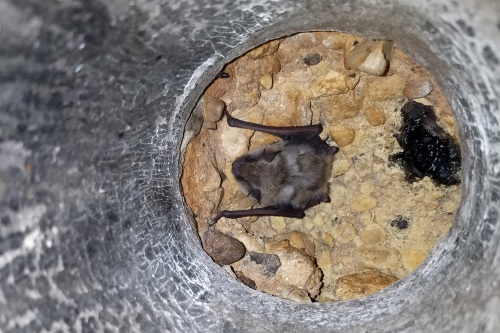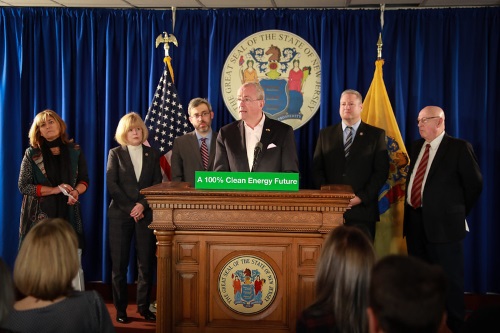A roundup of headlines curated for state transportation environmental professionals
FEDERAL ACTION
House T&I Advances Surface Transportation Reauthorization Bill – AASHTO Journal
Federal judge denies Democratic AGs’ bid to halt Trump WOTUS rule – Politico
USDOT to Award $906M in INFRA Grants – AASHTO Journal
Delgado, Fitzpatrick Introduce Bipartisan Legislation to Identify PFAS Contamination at Federal Water Infrastructure Projects – Congressman Antonio Delgado (Press release)
Trump’s push for major infrastructure bill faces GOP opposition – The Hill
Democrats unveil $1.5 trillion infrastructure plan – The Hill
COVID-19
U.S. traffic has rebounded to about 90 percent of pre-pandemic levels, analysts say – The Washington Post
COVID-19’s transportation implications for people with disabilities – The Hill (Commentary)
Gov. Inslee sends letter to Pres. Trump for federal COVID-19 safety measures for airports and airlines – KNDO/KNDU-TV
Talking can spread coronavirus, so new NJ Transit commuting rules say to keep quiet – NJ.com
Pandemic Travel Patterns Hint at Our Urban Future – CityLab
NEPA
Senators introduce NEPA reforms to cut red tape – Transportation Today News
INFRASTRUCTURE RESILIENCE AND SUSTAINABILITY
CA: Proposed California law would fast-track environmentally sustainable transit – San Francisco Chronicle
MDOT seeks input on long-range transportation plan – MLive.com
Expert: ‘Shovel-ready’ projects ignore important aspects of community resilience – Phys.org
AIR QUALITY
Looking Back at 50 Years of the Clean Air Act of 1970 – Resources (Blog)
Md., Other States Push EPA to Force Stricter Pollution Standards for Pa. Power Plants – Maryland Matters
ENVIRONMENTAL JUSTICE
AASHTO Hosting Environmental Justice Virtual Peer Exchange – AASHTO Journal
Philly police no longer welcome in Vision Zero as bicyclists reckon with racism – WHYY
Group targeting environmental racism relaunches amid disparities in coronavirus impact – The Hill
Murphy backs New Jersey environmental justice bill – KYW
NATURAL RESOURCES
State environmental officials fail to report critical water data, according to state audit – Boston Globe (Sign-in Required)
Ohio EPA Accepting Public Comments About Plan to Study Large Rivers – Ohio EPA (Press release)
CULTURAL RESOURCES
Georgia’s heritage bill worries preservation advocates – Albany Herald
National Trust for Historic Preservation Statement on Confederate Monument – National Trust for Historic Preservation (Press release)
HEALTH AND HUMAN ENVIRONMENT/ACTIVE TRANSPORTATION
Bicycle, pedestrian path opens on Governor Mario M. Cuomo Bridge – WABC
Why Car-Free Streets May Be Here to Stay – Bloomberg (Video)
Scooters will return to Chicago streets this summer as the city launches an even larger pilot program – Chicago Tribune
After coronavirus, bicycles will have a new place in city life – Fortune
The High Cost of Bad Sidewalks – CityLab
Helsinki pushes off with data study on e-scooter services for sustainable mobility – Conference & Meetings World
Lyft vows ‘100 percent’ of its vehicles will be electric by 2030 – The Verge
TRB RESOURCES/ANNOUNCEMENTS
Reducing the complexity of decision making through a roundabout renaissance – TRB/NCHRP
TRB Centennial video on the future workforce wins three Telly Awards – TRB
Featured Centennial Paper – Transportation Demand Management: A Focus on Moving People – TRB
Commercial Space Operations Noise and Sonic Boom Measurements – TRB/ACRP
Public Roads – Spring 2020 – FHWA
FEDERAL REGISTER NOTICES
Increasing Consistency and Transparency in Considering Benefits and Costs in the Clean Air Act Rulemaking Process; Public Hearing – EPA (Notice of proposed rulemaking; extension of comment period and notification of public hearing)
Safety Zones: Illinois River, Miles 10 to 187, Grafton, IL to Peoria, IL – Coast Guard (Temporary final rule)
Shipping Safety Fairways Along the Atlantic Coast – Coast Guard (Advance notice of proposed rulemaking)

